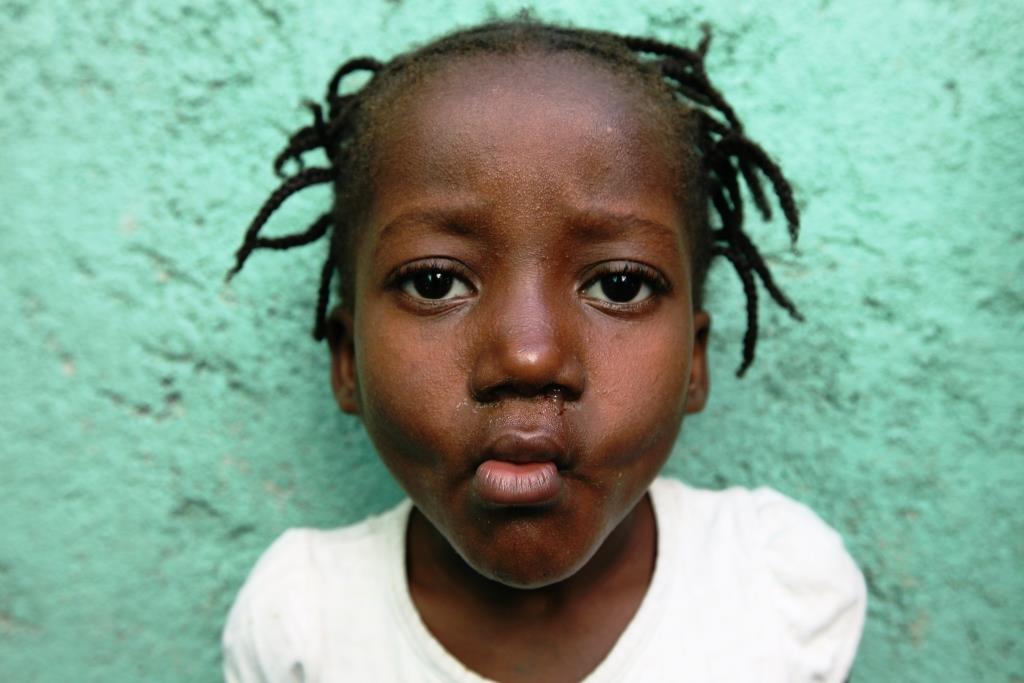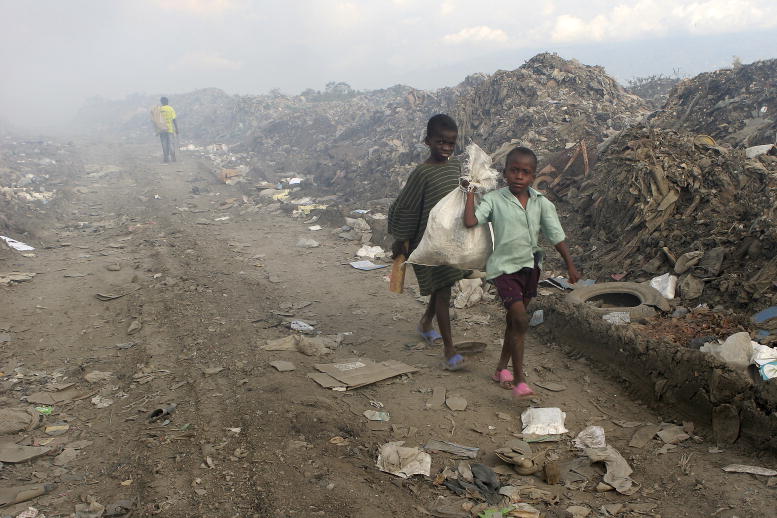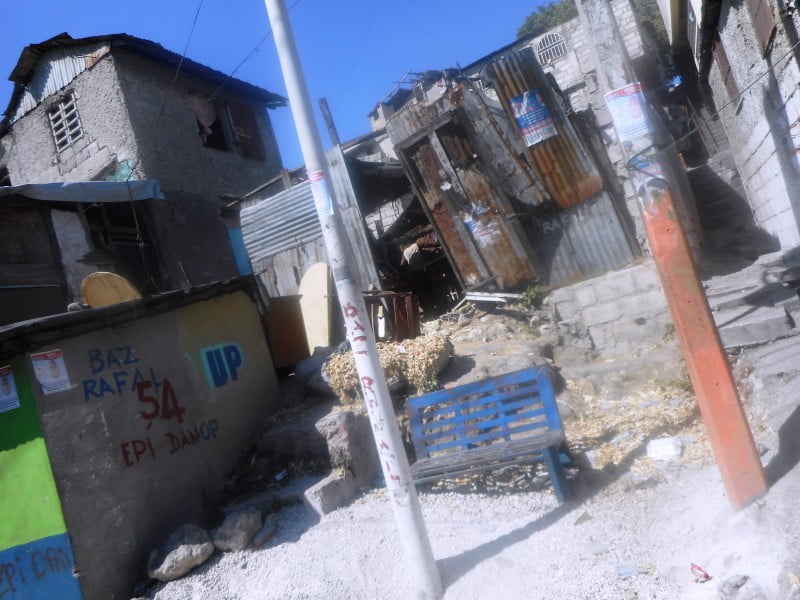June 3, 2017
Categories: Access, Poverty, Recipients, Restavek
Tags: experience, reports, testimony
A research study was commissioned in 2013 by UNICEF, ILO, IRC, IOM and the Terre des Hommes Lausanne Foundation, in cooperation with the Haitian state and was carried out with the support of 28 Haitian organisations. It aimed to throw some light on the situation and the developments of the domestic child workers in Haiti. …
Experiences of Domestic Child Workers in Haiti aka Restavek Read More »
May 16, 2017
Categories: Recipients, Restavek
Tags: Restavek
A restavek denotes a child domestic worker who performs household tasks like carrying water, washing, cleaning and in some cases also performs services for other household members such as petty trade, running errands, etc. Unlike most children who perform non-domestic work, the children performing domestic work are distinguished by the following three factors:They usually live …
April 29, 2017
Categories: Economy, Poverty, Recipients
Tags: child labor, economy, income, poverty
On account of various factors relating to the socio-economic conditions that were prevalent, child labor became a part of the everyday life of children in Haiti. Haiti’s population in 2011 was over 9.7 million and nearly 80% of the population in lived below the poverty line. The earthquake of 2010 also caused great losses leading …
February 16, 2017
Categories: Recipients, Restavek
Tags: Restavek
Overview: Haiti’s Restavèk Phenomenon By: Megan Ward Following the 2010 earthquake, thousands of individuals in Haiti were displaced from their homes and families. According to anecdotal evidence many of these individuals were children who would have nowhere to turn but to fall into the Haitian restavèk population. The restavèk phenomenon is composed of unpaid children …
November 5, 2016
Categories: Access, Recipients, Restavek
Tags: 2002, fafo, law, Restavek, workers
In Haiti, like in many other developing countries, a formal education is highly valued. However, 61% of children between the ages of five and 17 are not educated or under-educated. This includes 37% who are enrolled in school but have fallen behind, 18% who never enrolled, and 6% who are dropouts. The prevalence of child …




